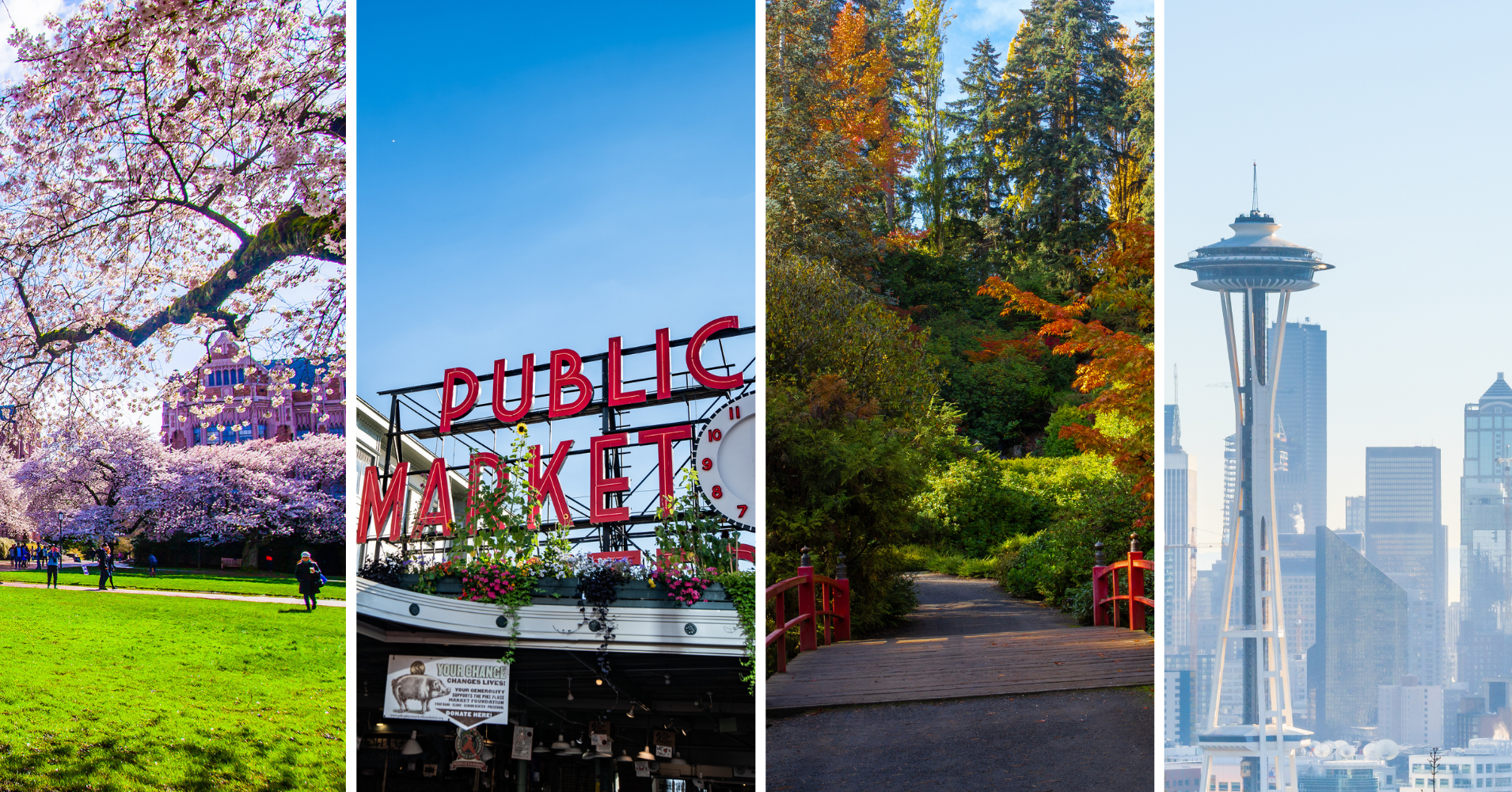Your home is one of the largest and most important investments you’ll make during your lifetime. This means it’s critical to protect this investment by maintaining your home’s exterior and ensuring the siding and trim are kept in good condition. This often requires scheduled painting on a regular cadence, depending on the climate and location of your home.
Paint vs. Stain
 Better Builders, Magnolia Pool, Deck & Art Studio
Better Builders, Magnolia Pool, Deck & Art Studio
When it comes to exterior paint maintenance, a good place to start is understanding if your home requires repainting or restaining. Part of this is knowing what material your siding is made of.
Paint is typically applied to wood, metals, and cement board and provides a more extensive array of color choices to stain. In addition, paint comes in various sheens, such as flat or matte, eggshell or satin, and a semi-gloss or gloss finish. All things equal, satin or eggshell finish is most common for exterior paint jobs.
Stain can be natural, semi-transparent, or opaque and is primarily applied to natural wood surfaces. It is worth noting that cement and stucco can also be stained. There are four main types of stain - semisolid, clear toner, solid color, and semi-transparent. Each type has different color deposits, finishes, and chemical makeup, which will determine often they need to be reapplied.
You can easily go from stain to paint, but it’s very difficult to go from paint to stain. Paint can be viewed as more of a layer or coating on top of the surfaces, whereas stain is absorbed by the substrate.
The Different Types of Paint and Stain
The type of paint or stain you choose depends on the material it’s being applied to, the level of maintenance you’re willing to upkeep, and the aesthetic you’re aiming for.
Latex Paint
Latex paint is water-based, enabling it to have improved adhesion performance, faster drying time, resistance to mold and mildew, and lower VOCs (volatile organic compounds) in both production and off-gassing after application. Latex paint also gives painters more flexibility on when they can apply it, as it’s okay to be used in colder temperatures. In addition, latex paint doesn’t turn yellow with time, and sun exposure like oil-based paints can and is overall more eco-friendly.
Oil Paint & Stain
The main difference between oil and latex is that oil uses oil as its solvent. The difference in solvent determines the drying properties. Oil-based paints take longer to dry and generally hold up longer, which gives them more durability and improved protection. Some cons come along with this longer drying property–the finish of paint application can be affected by unpredictable weather or environmental shifts during the drying period. Many states have regulated or even banned these products' use because of the formulas' VOCs. In addition, the use of oil-based paints can be a health hazard to humans.
What Time of Year is Best for Painting the Exterior of the House?
 Better Builders, Othello Modern New Construction
Better Builders, Othello Modern New Construction
While there are products out there that extend paint season into late fall and early spring, ideal conditions are when it’s warm and dry. Temperatures that drop in the evening slow down curing/drying and can impact the quality of your finish. In the Pacific Northwest, the ideal time for painting your home’s exterior is summer to early fall.
Other considerations can affect the application and curing of paint and stain. For example, some impactful things are the size of your overhangs (because they create shade), how much sun your home gets, how many trees are around the home, the season, etc.
How Long is the Life Expectancy of Exterior Paint?
In general, your home’s exterior should be painted every 3 to 10 years, depending on the paint type and the craftsmanship quality in the prior application. The lifespan of your paint job is also heavily dependent on the material to which the paint was applied. For example, wood surfaces are typically due for a fresh coat every 3-7 years, while metal siding typically needs repainting every 5 years. The quality of the substrate (exterior material) also greatly impacts how long the paint or stain will last. A substrate properly prepared before application (sanded, cleaned, and fully dried) will dictate how well the paint or stain will adhere. However, you may need to touch things up sooner if you ever see signs of paint failure.
Common areas that show failing paint are the areas around windows, the joint where the roof meets the wall, and areas close to the ground. Spaces that typically show overall wear first are the south and west-facing sides of the house because they usually get the most sun and weather exposure, and UV rays break down paints and stains. You should also pay attention to keeping gutters cleaned out as the water dripping from gutter overflows leads to moisture frequently sitting on the facade and damaging the paint or stain.
Identifying and keeping those problem areas touched up will prolong the need to repaint fully. Still, your house will require repainting more often in extreme situations like a home near the ocean or one with high sun exposure.
How Do You Make Exterior Paint Last Longer?
 Better Builders, Ballard Cottage New Construction
Better Builders, Ballard Cottage New Construction
All paint and stain are prone to fading over time, but you can extend the life by:
- Identifying when your paint has failed and arranging to have it repainted promptly.
- Seasonal (spring and fall) washing of your exterior is vital for keeping your house in good shape. This removes the buildup of dirt and moss and is a good opportunity to inspect your home for rotting wood, bubbling/flaking paint, or other defects. When attempting an exterior cleaning, be sure to research the best way to go about cleaning your home based on the siding material, so you don’t end up doing more harm than good.
- Carefully choose the type of paint or stain based on all of the elements facing your home’s exterior regularly, like UV exposure, proximity to the ocean, severe weather, etc.
Timing is Everything
As always, it’s critical to consult with your trusted local painter for more information and details.
Some painting contractors will only book paintings during a specific time window each year. This means there’s a max amount of clients they can do during this time and are limited in availability, leading high-quality painters to be booked up for months/years. Therefore, it’s essential to plan and book with a contractor in advance because there are consequences for waiting too long.
For more information on frequently asked home maintenance questions and how to handle them, download our eBook, “Redefining Home Maintenance: The Proactive & Essential Guide for Homeowners”.


















